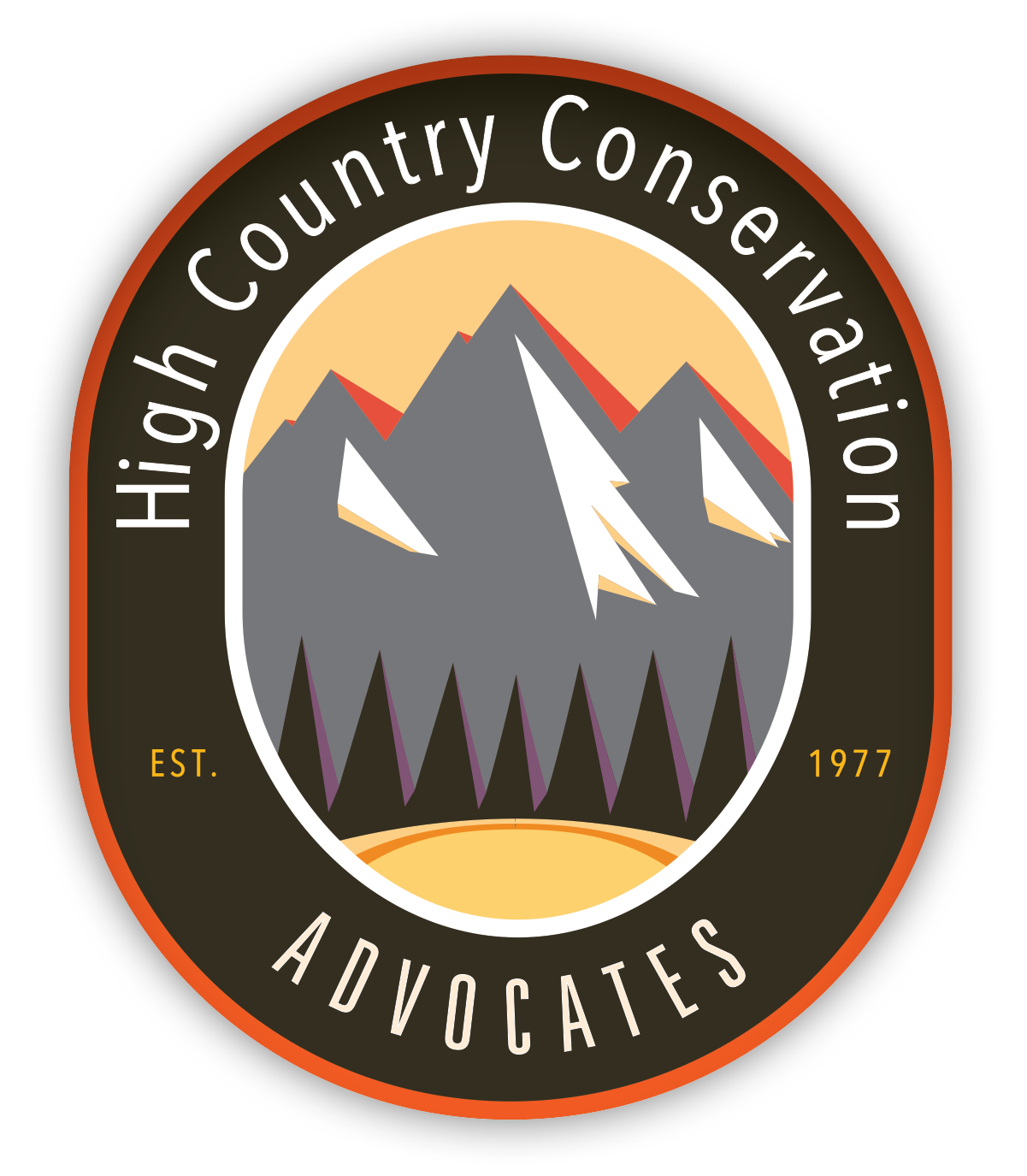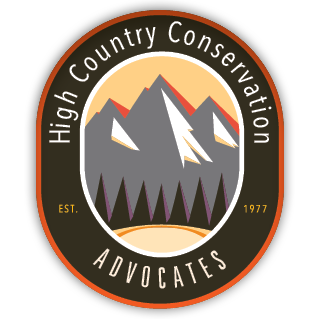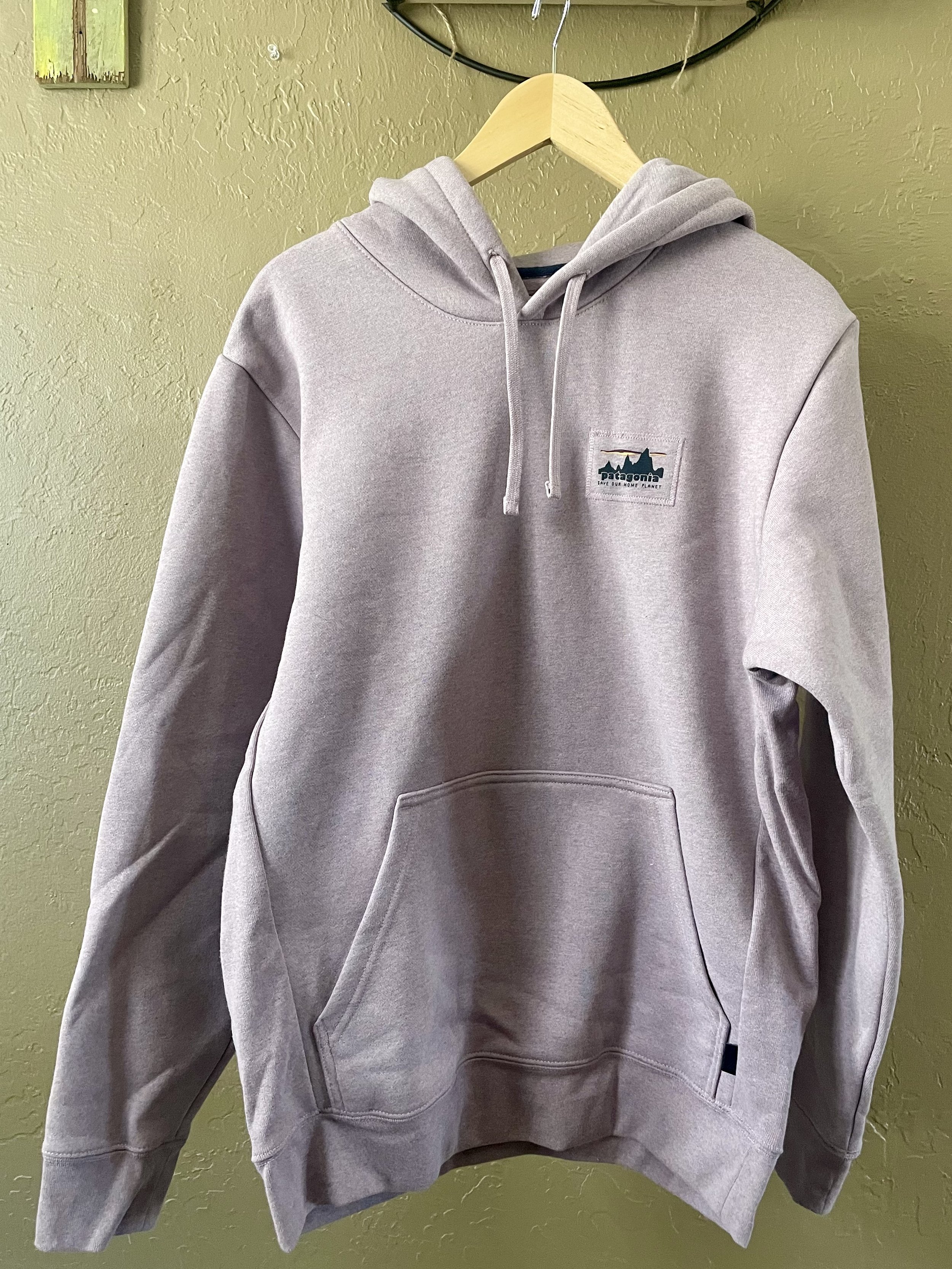Looking for common ground on forest: GMUG poring through thousands of draft plan comments
The Grand Mesa, Uncompahgre and Gunnison National Forests stretch across nine counties, with uses ranging from recreation, to logging, to livestock grazing, to management of vital wildlife habitat.
Start any conversation about how such a sprawling landscape of multiple uses should be managed in future years, and it's bound to be a spirited discussion. Case in point: The U.S. Forest Service's work to revise its GMUG land management plan.
A deadline arrived the day after Thanksgiving to comment on the agency's draft plan, and some 8,600 people — or about one person for every 350 acres within the three forests' combined 3 million or so acres — took advantage of the opportunity to share their vision of how the forests lands should be managed. About 7,000 to 7,500 of those were form letters, such as those that conservation groups often encourage members of the public to send, with the rest consisting of unique comments.
It now falls to the Forest Service to begin working through all those submissions and considering them as it looks for areas of common ground and endeavors to come out, possibly this spring, with a final plan and draft decision. GMUG Forest Planner Samantha Staley said that among issues attracting a lot of attention and comments are timber management, how the plan may affect motorized access, how much acreage should be pursued for wilderness protection, and what waterways should be deemed eligible for possible wild and scenic river status.
LOOKING AT LOGGING
"There's a lot of interest in what the timber direction means in the plan, concerns over the size of the program. We do see some support for that (size) too, people wanting active management and active timber harvests," Staley said.
The draft plan includes a range of alternatives, including one, Alternative B, that the Forest Service is leaning towards because it strikes a balance between the others. But it expects its final plan to contain components of other alternatives. Alternative B would increase the acreage identified as suitable for timber production to 948,200, from 550,000 acres now.
"The Forest Service right now is very gung-ho on logging and vegetation management. We certainly see that reflected in this draft plan," said Matt Reed of High Country Conservation Advocates in Crested Butte, whose group led a large coalition of conservation groups in filing joint comments on the draft plan to the Forest Service.
San Miguel, Ouray and Gunnison counties share conservationists' concerns about increasing acreage suitable for timber production in the plan.
"We continue to support a responsible timber production program that contributes to Forestwide desired conditions and multiple use goals, such as providing mosaics of habitats for wildlife species, managing fuels, and contributing to the economic sustainability of local communities. This must be balanced with other forest uses," the counties wrote to the Forest Service.
They say suitable timber area designations, most if not all in areas of low probability for logging, have proven obstacles to designating lands for other uses over past years. The counties say this occurred during discussions on developing the Colorado Outdoor Recreation and Economy Act, a land conservation bill now being considered in Congress.
Staley says the proposed increase in suitable timber acreage primarily reflects a 2012 national forest planning rule. Before then, the Forest Service excluded from that acreage areas not considered economically feasible for timber production due to factors such as market reasons, low productivity or steep slopes that are more costly to log.
She said at the current rate of logging in the GMUG, perhaps only 8% of the suitable timber acreage might be harvested over two decades under the plan.
TIMBER DOLLARS
Mesa County commissioners have written to the Forest Service in support of more annual timber harvesting than the Forest Service is envisioning in its draft plan. They cite in part the economic benefits to the region, thanks in part to the presence of the Montrose Forest Products milling and logging operation in Montrose.
"Mesa County would like to reiterate our advocacy for more active management and a continued commitment to provide forest goods and services that will sustain local businesses and communities," they wrote to the Forest Service.
Tim Kyllo of Montrose Forest Products wrote to the agency that the company employs 98 workers, and more than 150 logging and trucking subcontractors work on its timber projects. Almost all its log supply comes from the Forest Service, including 60 to 70% annually coming from the GMUG.
"Therefore, we are heavily invested in the GMUG maintaining as large of a timber sale program as possible into the decades ahead," he wrote.
He argued in his letter that increasing the pace and scale of logging is important to prevent wildfires and outbreaks of insects and disease, benefiting other forest uses such as recreation and hunting and improving forest watershed health.
WHITHER THE WILDERNESS
Reed thinks the Forest Service's focus on logging helps explain its minimal interest in adding new wilderness to the Forest.
"I think that's a big factor in their hesitancy to include more wilderness in the alternatives," he said.
Under Alternative B, the Forest Service would recommend that Congress designate 34,000 more acres as wilderness, and would manage it as wilderness in the meantime. It would recommend no new wilderness acreage under Alternative C, which is more focused on multiple uses and forest management, and would recommend 261,000 acres under a more conservation-oriented Alternative D. Conservation groups argue even 261,000 acres aren't enough.
The conservation groups in their letter say that Alternative D "is not a conservation alternative at all. It certainly does not provide a sustainable, conservation-centric vision for the GMUG to the same degree that Alternative C showcases an unsustainable, extractive-focused vision."
Even Alternative D would include almost 300,000 more acres as suitable for timber production than is the case now, they note.
The Forest Service notes that nearly a fifth of the GMUG is managed as wilderness now, and around 30% more has elevated protections as roadless areas under a Colorado-specific national forest roadless rule. Staley has said that makes about half the forest off-limits to active management, even as more communities are asking for wildfire mitigation work.
Conservation Science Partners recently authored a peer-reviewed report identifying 52 areas making up 10% of the GMUG as being High Ecological Value Areas that it's particularly important to protect for purposes of conservation of biodiversity and helping mitigate climate change impacts. Some of the areas are on the Grand Mesa, but none are on the Uncompahgre Plateau.
WILD AND SCENIC RIVER ELIGIBILITY
Meanwhile, the Forest Service is proposing identifying about 118 miles of waterways, or about 3% of waterways within the GMUG, as being eligible for wild and scenic river status. None of that is on the Grand Mesa, but some of it is on the Uncompahgre Plateau, including Kelso and Point creeks and the North Fork of the Escalante.
No GMUG waterways currently have wild and scenic status. Eligible sections would be managed to maintain their free-flowing nature and outstanding remarkable values until it is decided if they are suitable and designated for inclusion in the Wild and Scenic Rivers System by Congress, or released from consideration.
The Outdoor Alliance, a coalition of human-powered recreation groups such as American Whitewater, the Colorado Mountain Club and the International Mountain Bike Association, is among those calling for more waterways to receive eligibility status. The alliance says rivers such as the Uncompahgre and Taylor also merit protection.
The group also says that while the draft plan includes recreation emphasis areas, they are focused on areas for dispersed camping, and not on high-use recreation areas. It is proposing a Mesa Top Recreation Emphasis Area that includes the new Palisade Plunge Trail, and an Uncompahgre Plateau South Recreation Emphasis Area connecting local communities to the Spring Creek Canyon Trail System.
MOTORIZED OR NOT
Staley said motorized access has been a big concern during the planning process.
"Part of it is just understanding what the plan is and isn't doing, but the motorized community wants to make sure they don't lose existing access and they'd like to ... expand potential opportunities in the future," she said.
Ben Breslauer, president of the Gunnison OHV Alliance of Trailriders, wrote to the Forest Service, "We would like to see the management stay as close to the current plan as possible."
His group opposes the more conservation-oriented Alternative D as it pertains to motorized use.
"The closure of more public land to motorized use will exacerbate the overcrowding issue in other areas," Breslauer wrote.
Staley said the Forest Service isn't trying to change what's closed and open today, and the plan instead would affect future route development.
A PLEA FROM NORDIC COUNCIL
The Forest Service is hearing from some cross-country skiers looking for minimization of impacts from winterized motorized use. The Grand Mesa Nordic Council is asking that its trails be designated as a special management area for cross-country skiing.
"We and our members would like to see our areas managed for recreation, in particular, for non-motorized recreation," the council's executive director, Christie Aschwanden, wrote to the agency. "We currently experience motorized incursions to our trails during the season, and we would like to see some buffers to provide more separation between motorized (snowmobile) use and non-motorized areas.
"A snowmobile corridor currently runs through the middle of our Skyway/County Line trail system (the two names refer to the trailheads), and we would like to ask that this snowmobile trail be mapped and clearly marked to a narrower width, to emphasize that this trail is a passageway through our non-motorized system and to discourage snowmobilers from straying from the designated trail."
Brett Wolfe, owner of Rocky Mountain Sled Conditions, which provides snowmobilers information on things such as trails conditions and lodging via a website and social media, wrote to object to any forest plan reducing where snowmobilers can travel.
"Snowmobiling is good for Colorado's economy. The machines do not destroy vegetation, and from my observations don't upset the wildlife, although (there's) not much wildlife at the higher elevations in the winter," Wolfe wrote.
Aschwanden also urged the Forest Service to ask that "our trail systems be reclassified as non-suitable for timber base area to preserve our user experience and protect our trails."
A logging project that would have required use of a haul route through the trail system late this year was postponed until early 2023 after the Nordic group raised concerns about the impacts it would have had on early-season use of the trails going into this winter.
WILDLIFE MEASURES
Colorado Parks and Wildlife worked with the Forest Service to create management provisions for wildlife management areas introduced in the draft plan. Alternative B proposes the designation for 740,000 acres in the GMUG. Among the measures that would better protect wildlife in these areas, the Forest Service is proposing that there be no net gain in motorized or nonmotorized trails in areas where trail density already exceeds one linear mile per square mile.
That's drawing concern from some corners, including the Outdoor Aliance, which is asking that the Forest Service reconsider it in the case of non-motorized trails.
"Though Outdoor Alliance supports the use of science to manage outdoor recreation sustainability, the research on the effect of non-motorized, trail-based recreation on wildlife populations remains inconclusive," the group wrote.
Ann Timberman, Western Colorado supervisor with the U.S. Fish and Wildlife Service, wrote to the Forest Service that prohibiting new route construction that pushes route density above 0.79 miles per square mile is essential to recovery of the Gunnison sage-grouse, a federally threatened species. The Fish and Wildlife Service also is asking the Forest Service to considering analyzing removal of roads or trails within four miles of leks, the bird's breeding grounds, where practicable. The draft plan proposes prioritizing reduction of route density within two miles of leks within 10 years of the plan's approval.
CPW has been asking the Forest Service to include the Rocky Mountain bighorn sheep in the regional forester's list of species of conservation concern in the draft plan. Staley said such a listing is a rigorous process and the Rocky Mountain bighorn sheep doesn't meet the agency's criteria to make the cut, but the desert bighorn sheep may be included. She said conversations are ongoing about what's needed in the plan to help maintain bighorn sheep numbers.
A concern is the potential for domestic sheep grazing in the forest to transmit diseases to bighorn sheep. Chase Adams with the American Sheep Industry Association wrote to the Forest Service, "ASI believes that bighorn sheep conservation and the legacy of domestic sheep operations are mutually compatible and that land management planning should recognize the role of each in underpinning our rural economies."
He said pathogen transmission and the potential resultant disease are a complex issue, and while the draft forest plan cites a relationship between disease in bighorn sheep and contact with domestic sheep or goats when in close proximity "that does not represent the entirety of scientific understanding on the topic." He said modeling of the risk of pneumonia epizootics in bighorn sheep "concluded that factors associated with risk of pneumonia epizootics are complex and may not always be from the most obvious sources."













A modern-style hat featuring a hat band and the custom HCCA patch designed by local artist Luke Schroeder. It's the perfect match for our Protect Public Lands sun hoody—ideal for representing conservation in the Gunnison Country, whether you're hitting the trails or strolling through town.